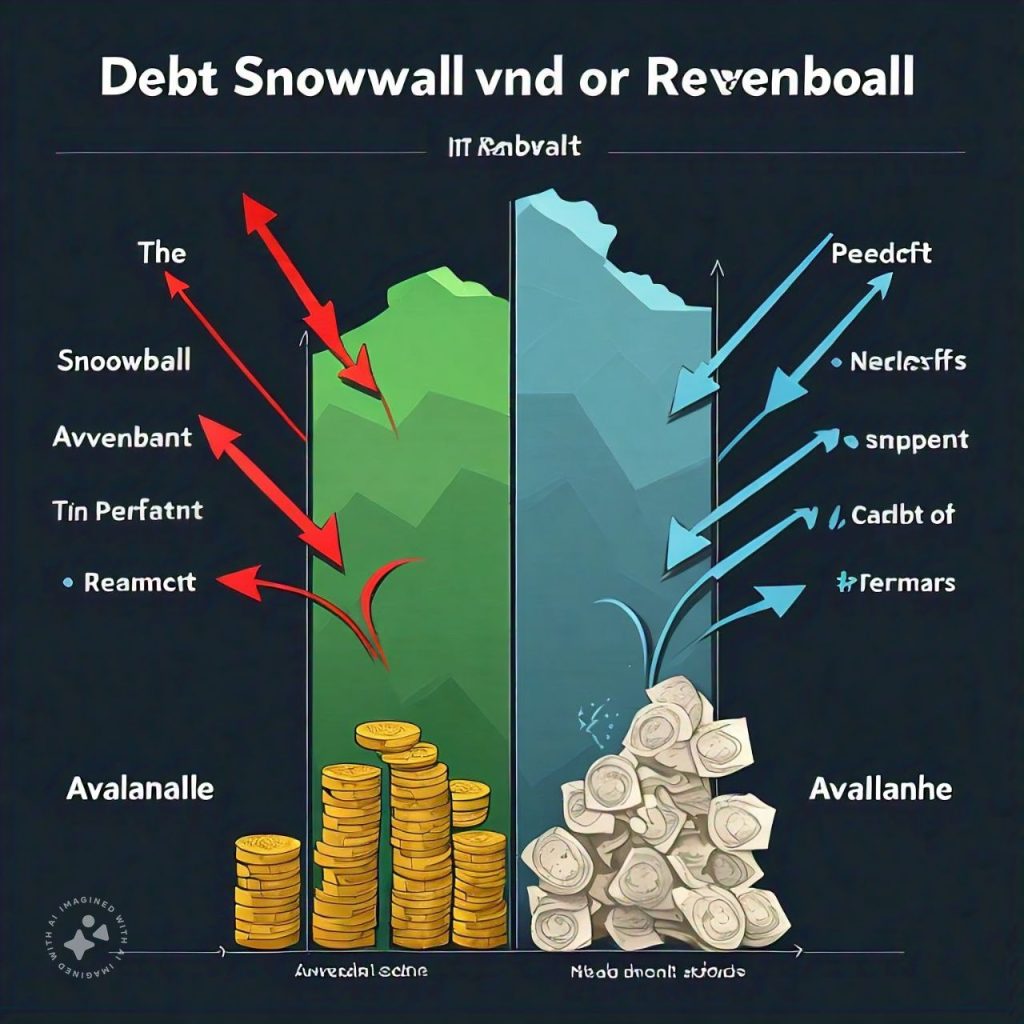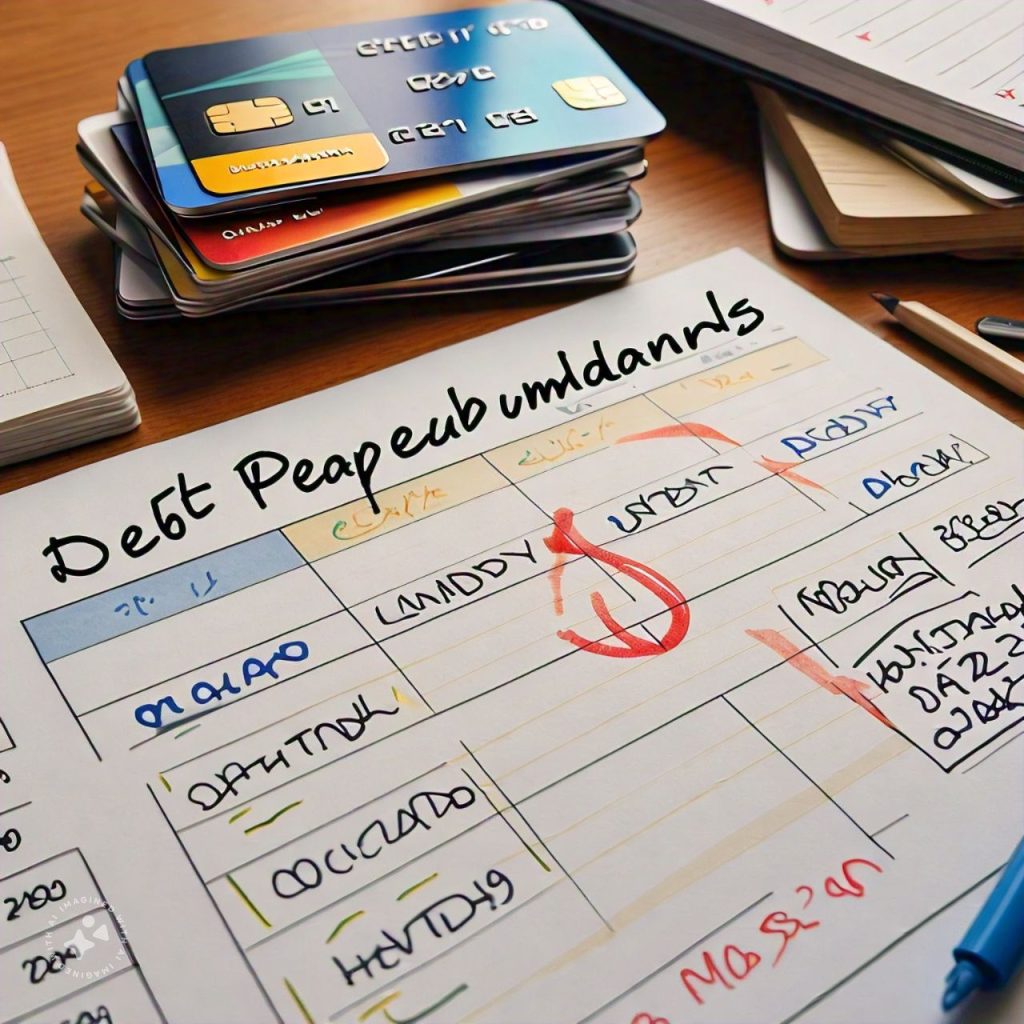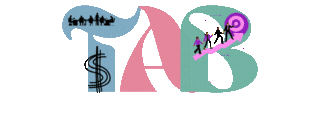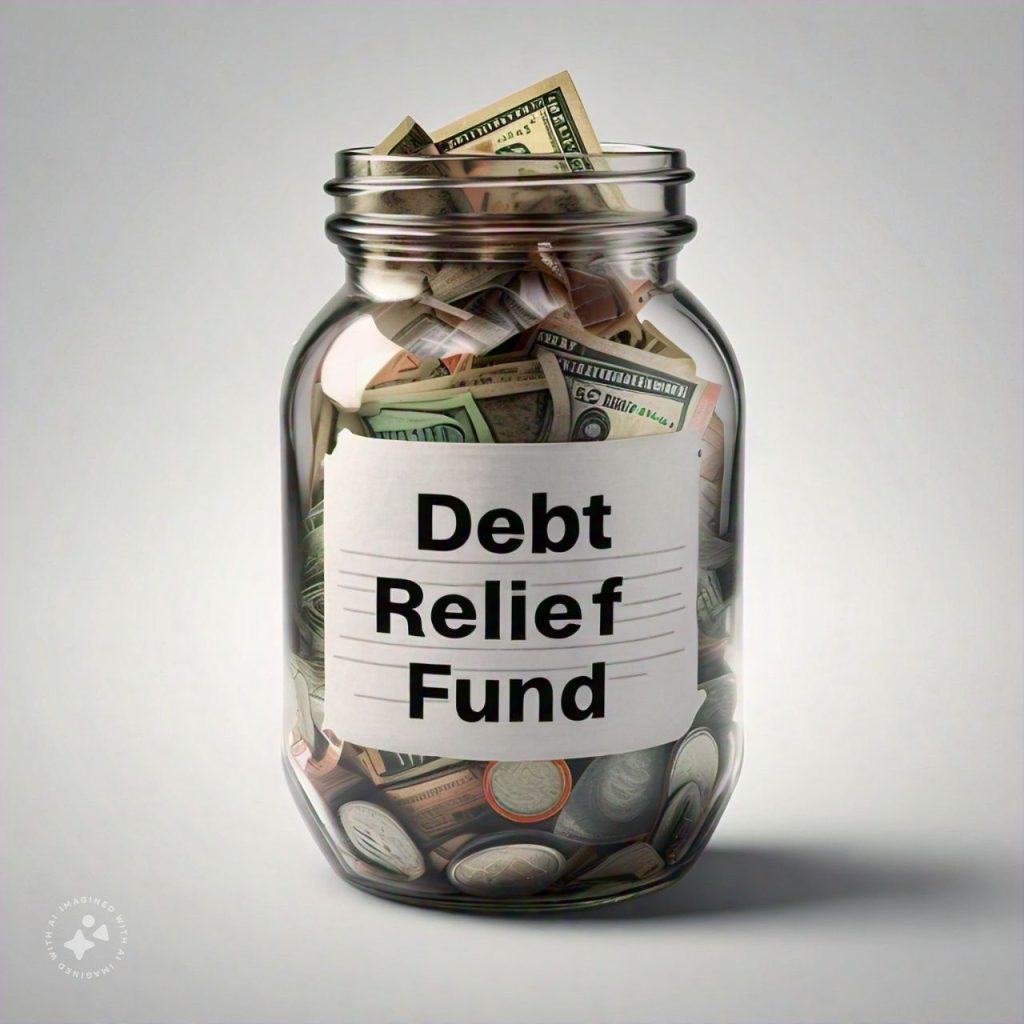Debt can feel like a mountain you’re never going to scale. I get it. But with the right strategies, you can take charge of your finances and manage your debt in a way that works for you. Let’s dive into actionable debt management tips that helped me take control of my financial situation—and can help you too.
Introduction: Understanding the Debt Problem
Debt is one of the biggest sources of financial stress. The average American has about $92,727 in consumer debt, according to Experian’s 2021 Consumer Debt Study. That’s a combination of credit card balances, student loans, auto loans, mortgages, and personal loans. Debt often starts small but can grow quickly due to high-interest rates and penalties.
It’s easy to get overwhelmed, but debt management can make the process more manageable. This blog is here to walk you through tips and methods that helped me, with a focus on breaking down debt realistically so you can make a solid plan and stick to it.
Why Managing Debt Is So Hard
Emotional Attachment and Financial Stress
Debt brings a lot of emotional baggage. According to a study by the American Psychological Association, financial stress is one of the leading causes of stress and anxiety, with 72% of Americans reporting they feel stressed about money. This stress can cloud your judgment and make it difficult to make rational decisions about paying off your debt.

Lack of Debt Management Knowledge
When I first tried to pay off my debt, I felt like I was wandering in the dark. Understanding the differences between various debt repayment strategies, such as the snowball and avalanche methods, seemed complicated. I also didn’t realize how interest rates, fees, and late payments were hurting me until I started paying attention to my statements.
Real-Life Debt Struggles
My debt story started with a student loan and credit card debt that piled up during college. After graduating, I realized I had nearly $35,000 in student loans and another $5,000 on my credit card. I wasn’t earning enough to comfortably cover monthly payments, and my credit card interest was getting out of hand. The constant calls from creditors didn’t make it any easier.
Eventually, I decided enough was enough. I wanted to be financially free, and that meant tackling my debt head-on. I researched strategies, learned from my mistakes, and started taking control. These are the steps that worked for me.
Step 1: Creating a Debt Inventory
The first thing I did was write down every debt I owed. I listed the lender, balance, interest rate, and minimum payment for each debt. Here’s how you can do the same:
- Write Down Each Debt: Include all debts, like credit cards, student loans, car loans, and any personal loans.
- Note the Interest Rate: High-interest debts are costly over time and should be prioritized.
- Record the Minimum Payment: This will help you see what you need to pay monthly just to keep up.
Why It Helps
This exercise gave me a clear picture of where I stood financially. I knew exactly how much I owed and to whom, which took some of the fear out of the process.

Step 2: Choosing the Right Repayment Strategy
There are two main repayment methods that are popular among debt management experts: the Debt Snowball and Debt Avalanche methods.
- Debt Snowball: Pay off debts starting with the smallest balance first, regardless of the interest rate. This creates quick wins and builds momentum.
- Debt Avalanche: Focus on paying off the debt with the highest interest rate first, which will save you the most money in the long run.
I chose the Debt Avalanche method because my highest-interest debt was my credit card. By targeting this debt, I saved on interest and managed to pay it down faster.
Example of the Avalanche Method
Suppose you have the following debts:
| Debt Type | Balance | Interest Rate | Minimum Payment |
|---|---|---|---|
| Credit Card | $5,000 | 20% | $150 |
| Student Loan | $25,000 | 5% | $200 |
| Personal Loan | $10,000 | 12% | $100 |
With the Avalanche method, you would focus on paying off the credit card first because it has the highest interest rate.
Step 3: Setting Up a Budget That Works
Debt management without a budget is like driving without a map—you’ll never reach your destination. Setting up a realistic budget allowed me to see where my money was going and identify areas where I could cut back.
How to Create a Simple Budget
- Calculate Your Monthly Income: Add up all sources of income, including side gigs and freelance work.
- List Your Monthly Expenses: Break down expenses into categories like housing, groceries, transportation, and entertainment.
- Allocate Funds to Debt Repayment: Decide how much you can put toward your debts each month after covering essential expenses.
Step 4: How to Negotiate with Creditors
Negotiating with creditors might sound intimidating, but it’s often worth it. Credit card companies, lenders, and even utility providers are sometimes willing to lower interest rates, waive late fees, or offer a more manageable payment plan if you’re facing financial hardship.
Tips for Successful Negotiation
- Be Honest About Your Situation: Explain why you’re struggling and what you’re hoping to achieve.
- Request Lower Interest Rates: Many credit card companies will reduce your rate if you have a history of on-time payments.
- Ask About Hardship Programs: Some lenders offer temporary relief, such as reduced payments, for borrowers experiencing financial hardship.
This strategy worked for me. When I explained my situation to my credit card provider, they agreed to lower my interest rate for six months, making my payments more manageable.

Step 5: Building a Debt Emergency Fund
An emergency fund is essential for debt management. Without one, unexpected expenses can force you to rely on credit cards, adding to your debt. I started with a small emergency fund of $500 and gradually built it up to cover at least three months of essential expenses.
How to Start an Emergency Fund
- Set Small Savings Goals: Start by aiming for a few hundred dollars and increase the amount gradually.
- Automate Your Savings: Set up automatic transfers to a separate savings account.
- Cut Back on Non-Essential Expenses: Redirect money from eating out, entertainment, or subscriptions toward your emergency fund.
Common Mistakes in Debt Management
Debt management is challenging, and I made some mistakes along the way. Here are a few pitfalls to avoid:
Only Paying the Minimum
Paying only the minimum amount due extends the time it takes to pay off your debt and increases the total interest paid. Try to pay extra whenever possible.
Over-Relying on Credit Cards
Using credit cards while trying to pay off debt is counterproductive. Consider cash or debit for non-essential purchases to avoid racking up more debt.
Not Seeking Professional Help
If your debt feels unmanageable, consider talking to a debt counselor. A financial advisor or nonprofit credit counselor can provide guidance and help you build a realistic debt management plan.
Conclusion
Managing debt is a journey that requires patience, planning, and consistency. With the right strategies—creating a debt inventory, choosing a repayment strategy, setting up a realistic budget, negotiating with creditors, and building an emergency fund—you can take control of your debt. Remember, I’ve been there too, and it’s absolutely possible to achieve financial stability with the right approach.

FAQs: Debt Management
Q1: What is the best way to prioritize my debts?
- Answer: It depends on your financial goals. The Debt Snowball method is best for quick motivation, as it allows you to tackle small debts first. The Debt Avalanche method is ideal for saving money on interest by paying high-interest debts first.
Q2: Should I stop investing while paying off debt?
- Answer: Generally, it’s wise to focus on paying off high-interest debt before investing, as the interest rates on debt are often higher than investment returns. However, contribute to retirement if your employer offers matching contributions.
Q3: How can I stay motivated while managing my debt?
- Answer: Track your progress and celebrate small wins. Use tools like spreadsheets or budgeting apps to monitor your debt reduction, and consider sharing your goals with a friend or family member for added accountability.
Q4: Is debt consolidation a good option?
- Answer: Debt consolidation can be helpful if it allows you to pay a lower interest rate or simplify payments. But avoid options with high fees, and make sure not to add to your debt after consolidation.
Q5: How can I avoid new debt while paying off old debt?
- Answer: Use cash or debit for everyday expenses, and avoid unnecessary purchases. Having a budget and an emergency fund will also help reduce the need to rely on credit in the future.






